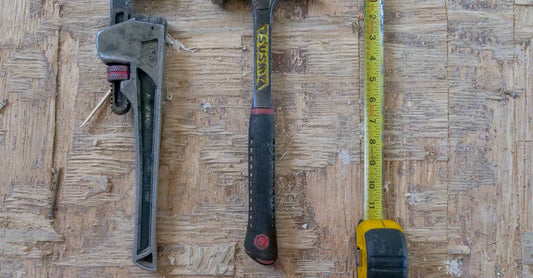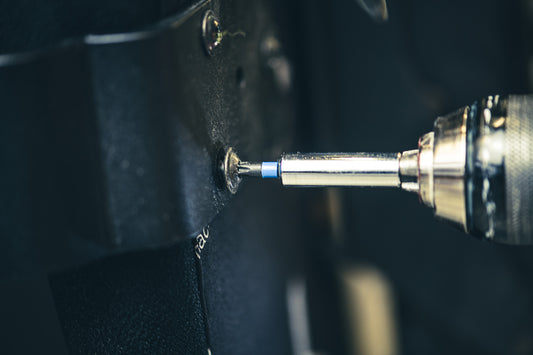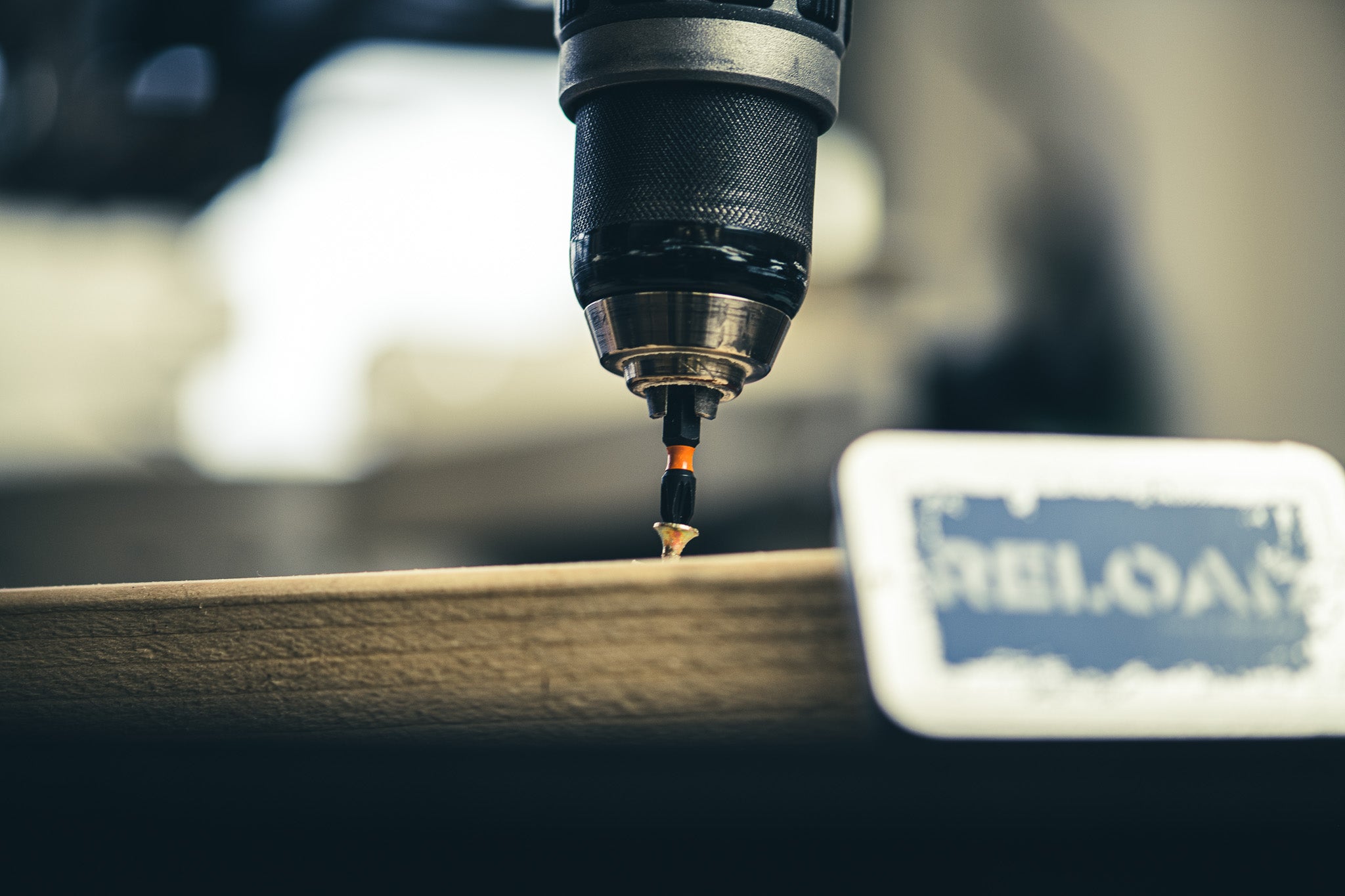mee-tuhr cut
verb, noun
A type of cut made at an angle of 45 degrees.
Example usage: We need to make a mitre cut to join these two pieces of wood together.
Most used in: Construction and carpentry projects in the UK and US.
Most used by: Carpenters, joiners and builders.
Popularity: 8/10
Comedy Value: 3/10
Also see: Miter joint, Miter joint cut, Miter angle cut, Miter saw cut,
What is a Mitre Cut in Carpenter Construction?
A mitre cut is a type of cut that is used in carpentry and other construction projects. It is a diagonal cut in which the two pieces of material meet at an angle. The angle can be any angle, but is usually either 45 or 90 degrees. The mitre cut is used to join two pieces of material together, such as when making picture frames or door frames. It is also used to make decorative mouldings for walls and furniture.
The mitre cut is usually made with a special saw, such as a miter saw or a compound miter saw. A miter saw is a type of saw in which the blade is set at an angle to the workpiece. This allows the saw to make angled cuts with precision. A compound miter saw is similar to a miter saw, but it has a tilting head which allows the saw to make beveled cuts as well as miter cuts.
Mitre cuts are used in many carpentry and construction projects, and are an important tool for making precise and accurate cuts. According to the National Association of Home Builders, mitre cuts account for about 10% of all cuts made in carpentry and construction projects.
.The Origin of the Mitre Cut in Carpentry
The term 'Mitre cut' is used in carpentry to describe an angled cut made to join two pieces of wood at a 90-degree angle. The cut is made across the corner of the wood at an angle, similar to the shape of a mitre hat.
The term 'Mitre cut' was first used in the late 16th century in England, when the mitre hat became popular. It was the usual hat worn by bishops and other high-ranking clergy, and the cut was named after the hat.
The use of the Mitre cut has been popular in carpentry since the 17th century, and is now used in a variety of applications such as crown moulding, picture frames, door frames, and window frames.
The Mitre cut is an essential tool for any carpenter, and its origins can be traced back to the late 16th century in England.




